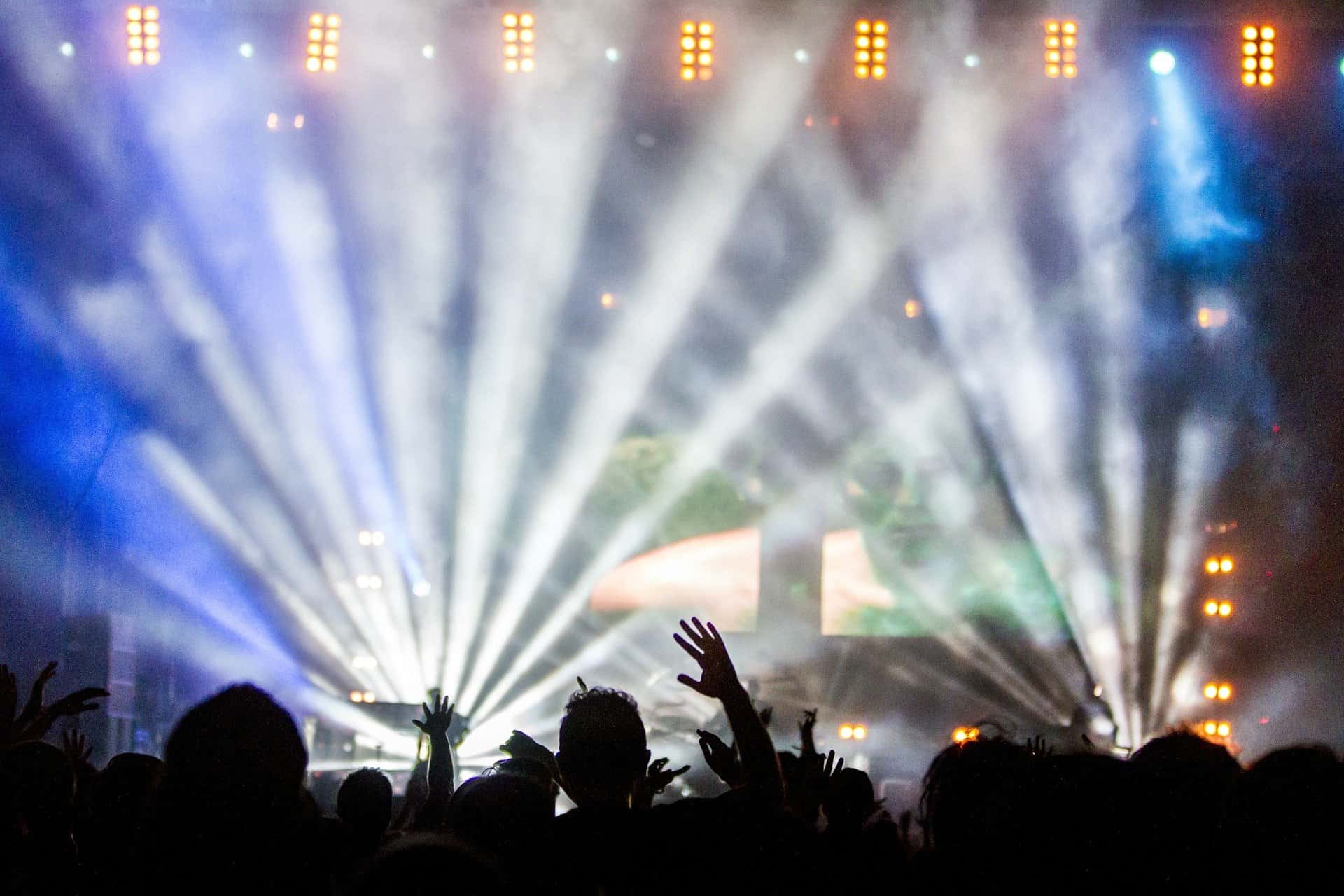

How raving has moved online
There is nothing quite like a live rave, but can the same experience be replicated online?
Early successes in other sectors of the music industry have caught the eye of electronic music producers, who have reacted by producing live-streamed DJ sets to get partygoers raving from their living rooms. Initial reactions to these events have been so promising that some people are now wondering whether raves cannot just survive, but thrive, online.
Adapting To The Digital Age
From Silent Raves to Spotify Streams, music has often been seen as a trailblazer when it comes to adapting to technological advancements. Artists, event organizers, and promoters alike will all be looking at ways that they can continue to interact with the digital age, making sure their products remain fresh and appealing.
Online casinos are an example of an industry that has managed to do this successfully, with casinos offering bonuses to attract new customers and the area has become so competitive that you can find sites that provide a full list of free spins for UK punters, while traditional bookmakers provide financial incentives for those who choose to gamble online. Although this will be tougher to replicate with live music, moving online can give ravers the opportunity to support the industry at a lower cost, whilst also providing up-and-coming artists with a wider platform to showcase their music.
Moving Live Music Online Proves Popular
Earlier this year, organizers of the Tomorrowland festival gave birth to a two-day digital festival named Tomorrowland Around The World. Festival visitors were able to navigate their way around a virtual location, whilst also viewing performances by some of the biggest names in dance music. The festival proved a huge success, with over 1 million people tuning in.
Music promoters are not just looking to the short term, however, with Driift, a new company specializing in making pay-per-view live shows available online, starting up earlier this year to break into the live music market. A recent show put on by Driift featuring British folk artist Laura Marling sold 6,500 tickets and was held in a venue that would ordinarily hold just 800, displaying the financial advantages that showcasing live shows on a digital platform can provide.
The success of the Laura Marling event has seen Driift announce plans for several new shows, and electronic music artists will be keen to see whether this initial promise can be maintained in the upcoming months.
Social Interaction Difficult To Replicate Online
Social media companies have revolutionized the way we now communicate with one another, with the Facebook live and YouTube live platforms providing users with the ability to live stream from wherever they are in the world. This is something that has explored on a lower scale already, although admittedly with smaller audiences. It is not unusual for musicians to broadcast live to smaller scales of fans, so it should be possible to scale this up to accommodate raves.
The attraction of dance music to many ravers is that, briefly, the only communication that they have is with the music and their fellow ravers. Trying to produce this in an online format is, perhaps, the biggest doubt over the long-term sustainability of the online rave scene.
Image Credit: Free-Photos from Pixabay


- Arodes cover Interview
- Armin van Buuren: Breathing In [Exclusive Interview]
- Ibiza 2024: What To Expect
- Burak Yeter: A Day In Space [Exclusive]
